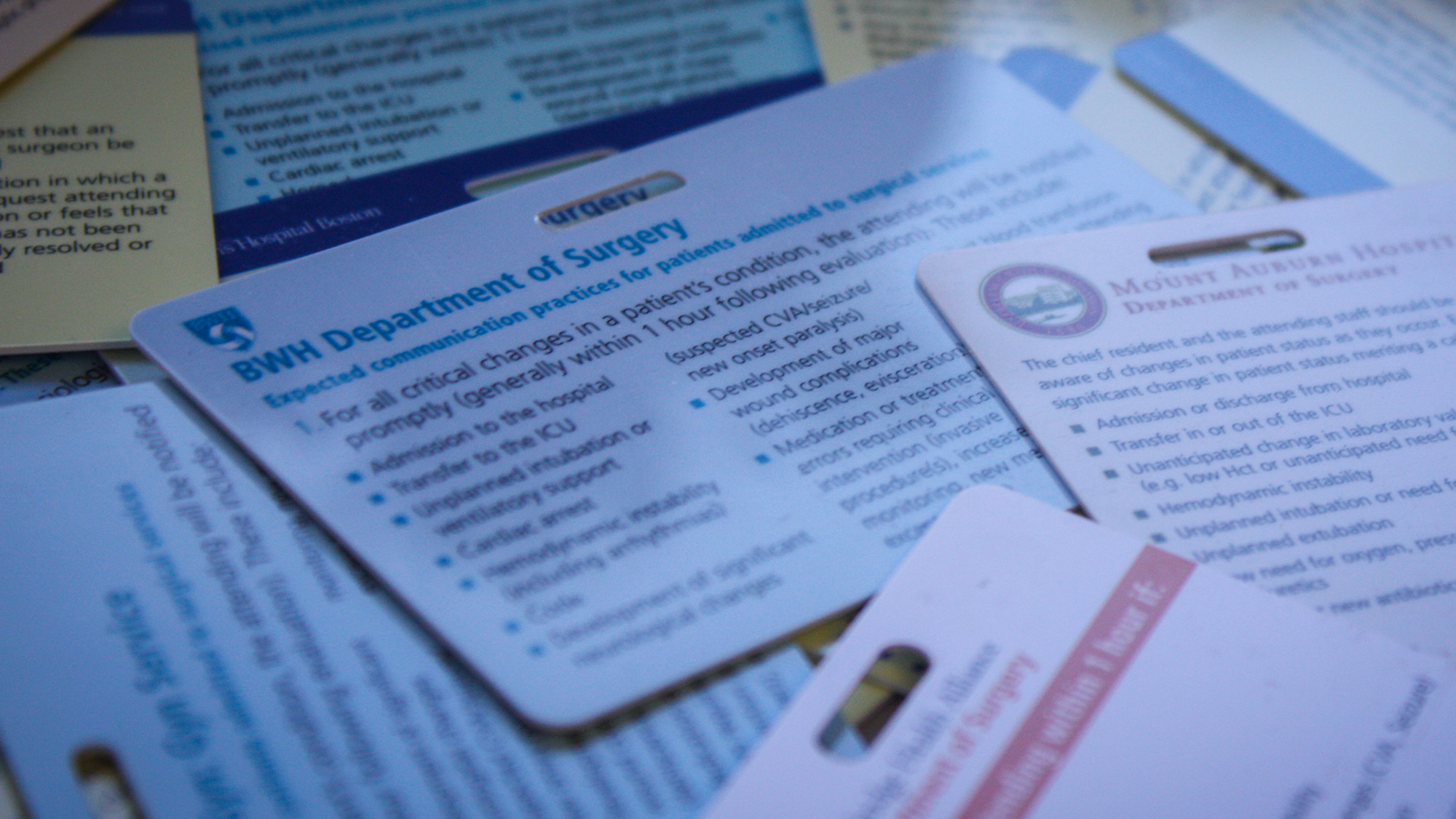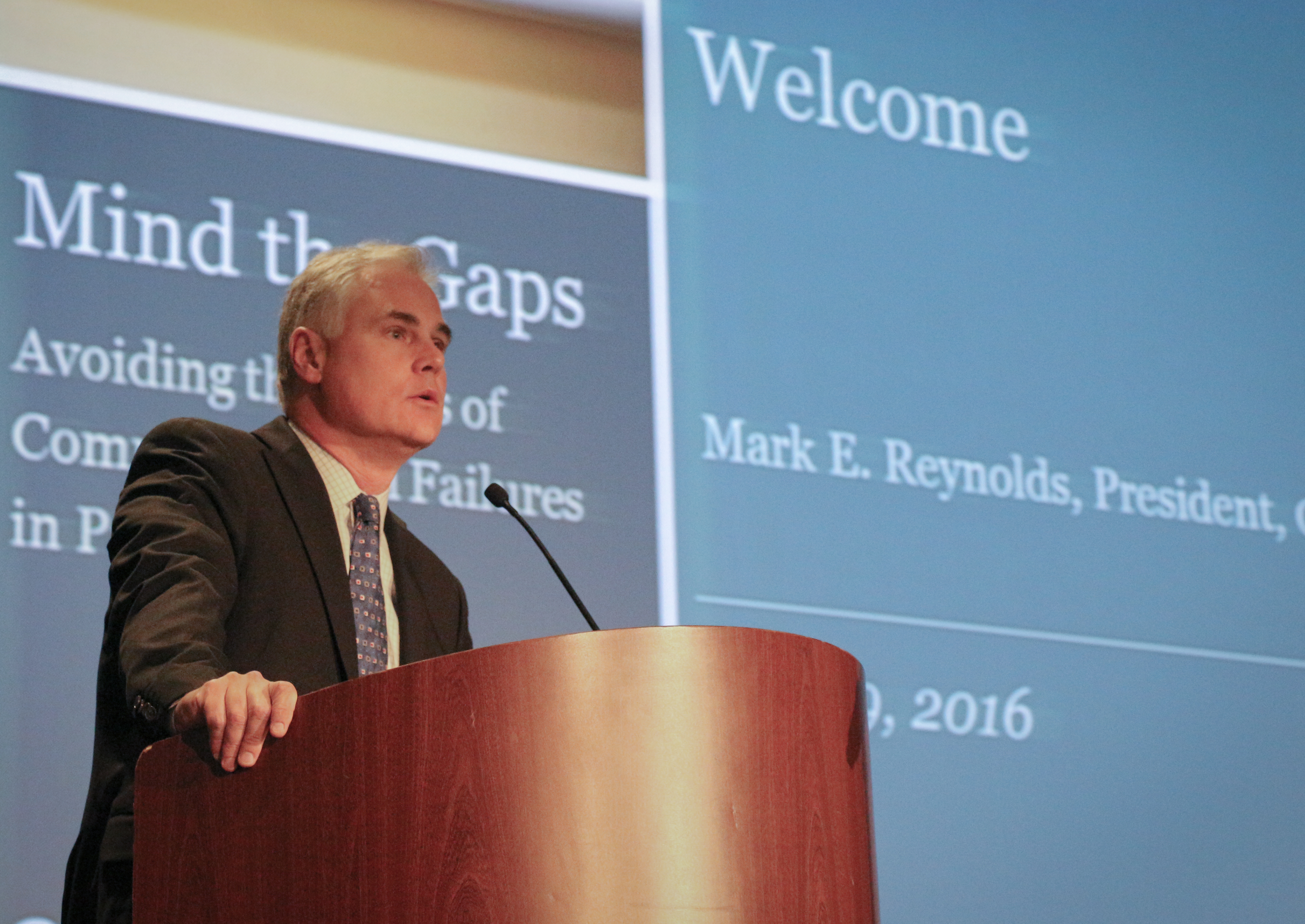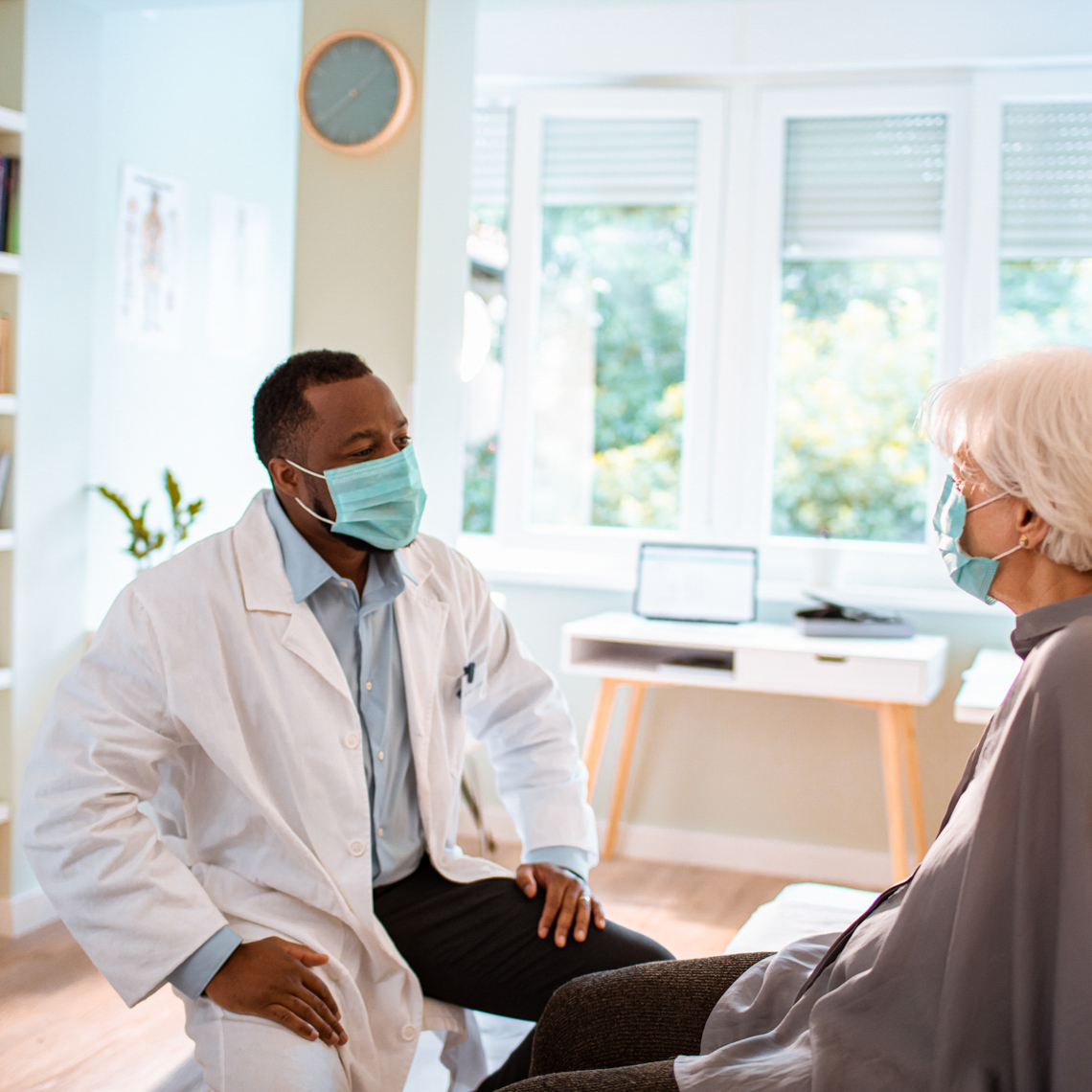Blog Post
Investing in Patient Safety

An article in today’s New York Time’s suggests that malpractice reform may be best served by an investment in patient safety. At CRICO, we have been following just this model for decades by offering grant awards to stimulate research and patient safety interventions intended to improve the quality and safety of patient care. There are several clear examples of how these interventions have made a distinct impact on improving patient safety, including the I-PASS Study Group; just awarded the John M. Eisenberg Award for Innovation in Patient Safety and Quality.
Along with Boston Children’s Hospital, CRICO provided funding for the initial single-site I-PASS study in 2009, which sought to examine the patient safety impact of a resident physician handoff bundle. Results from this study published in JAMA, showed a significant (46%) decrease in medical errors and improvements in both verbal and written handoff processes. In a subsequent multi-center study published in the New England Journal of Medicine, implementation of I-PASS was associated with a 30% reduction in medical errors that harm patients. In 2015, based on noted improvements after implementation of the I-PASS package, the CRICO Board of Directors approved funding to support adoption of this tool for safer care at member organizations within the Harvard medical community.
These patient safety initiatives are fueled by the rich medical malpractice data available in CRICO’s national comparative benchmarking system of open and closed claims (Candello, previously CBS). Through participation in this database, organizations are able to identify areas of hidden vulnerabilities; better enabling leaders to pinpoint and fund patient safety initiatives that will have the broadest impact on risk reduction. Our efforts and those of our members prove that this investment strategy works.
CRICO’s Mission is: “Protect providers. Promote Safety.” We’ve always understood that “protecting providers” doesn’t just mean defending them in court. Our strategy to protect providers acknowledges not just that clinicians are fallible human beings, but also that sometimes medicine yields unwanted results, even when no one person has done anything wrong. To protect our providers, we do all we can to help them protect their patients from harm.
Related Blog Posts
Mind the Gaps: Learning How to Avoid Miscommunication Pitfalls

January Safety Salute | MedStar Health Creating a Just Culture

Diagnostic Error: The Conversation Continues

